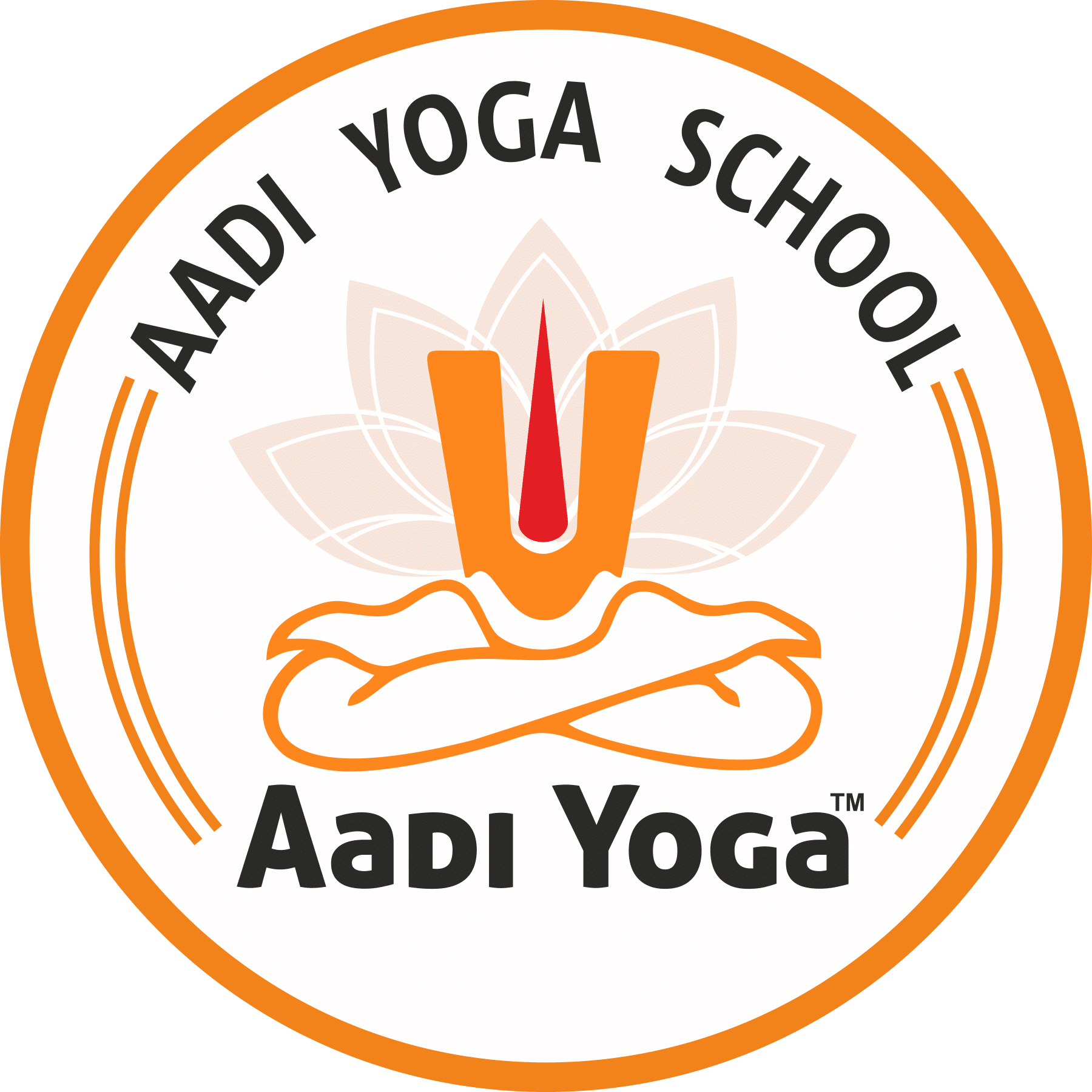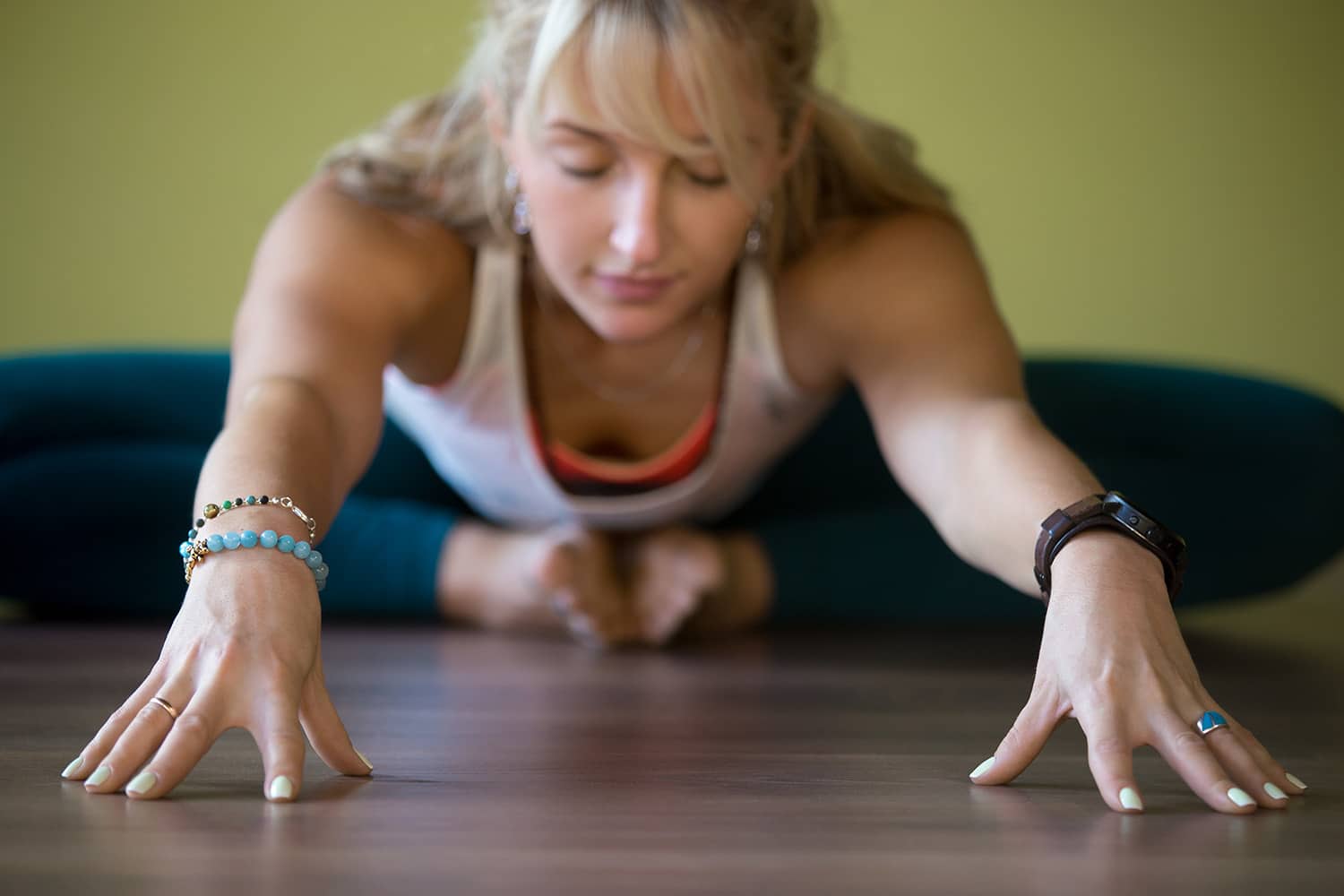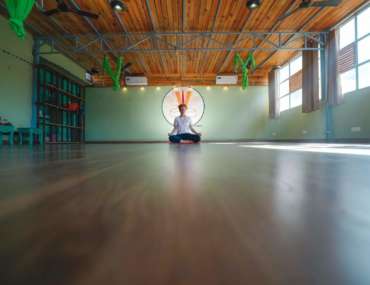Yin yoga teacher training Rishikesh
As yoga started getting more popular in the West, many foreigners also started developing their own styles of yoga. Many of these styles became quite popular all over the world. Yin yoga is an example that came from the West to India. Today, Yin yoga teacher training Rishikesh is quite popular among Indian and foreign students alike.We all know how yoga developed several centuries ago in India in the hands of yogis who led an ascetic life. They also taught yoga to their students to share the many health benefits of the practice. As time went by, yoga became an integral part of the life of Indian commoners too. There were many yoga schools or yoga shalas where yoga teachers with royal and noble patrons taught hundreds of students. Soon, yoga spread to the Occidental nations as the westerners began recognizing the benefits of practicing yoga.
What is Yin Yoga
Yin Yoga is a derivative of the ancient Chinese practice of Tao Yin applied in the Indian practice of yoga. In fact, the reason the two practices blended so well was that both cultures believed in energy flow paths and the ability of a person to control it through specific body movements. The Indian yogis called this energy prana and the energy flow paths as nadis. The Taoists termed this as qi and called the paths meridians. In fact, acupressure and acupuncture follow the principles of qi only.
Thoughts of Yin Yoga Teacher Training Experts
Paulie Zink, a martial artist, formally introduced it to the world when he began teaching a combination of traditional or Yang yoga, Tao Yin and some poses he created himself. He called it Yin and Yang Yoga. He taught these to martial art students who were strong and fluid but had lost the flexibility of their muscles. From him, Paul Grilley learnt the yoga style and from Grilley, Sarah Powers did. They added many modifications and propagated it as Yin yoga. Yin yoga teacher training Rishikesh uses this Grilley and Powers’ style, as do all modern Yin yoga classes.
Modern Perspective
From a modern anatomical perspective, Yin yoga focuses on loosening, stretching and lengthening the immobile parts of the body like the connective tissue, joints, tendons, ligaments and fascia. Yang yoga, on the other hand, works the high-movement parts like the muscles. Yang yoga hardens the muscles and helps the body achieve strength. But Yin yoga gradually increases the elasticity of the joints, ligaments and tendons, stretches the fascia and opens up the bones. This gives the body flexibility.
Principle of Yin Yoga
In Taoist etymology, yin and yang were opposite sides of the same coin. Yin signified the feminine, still, passive, downward, cold and stable. Yang, on the other hand, stood for the masculine, moving, active, upward, hot and restless. Yin yoga and Yang yoga are thus opposing forms in yoga that help the body to find a balance. Conventional yoga is called yang yoga. This is because it uses a dynamic, fast rhythm where poses are held for a short time before moving on to the next pose. It is all about the movement. Yang yoga causes the body to heat up and thus, gets the qi flowing. Yang yoga means to control the flow of the energy to derive very specific benefits to specific parts of the body.
Why Yin Yoga Teacher Training?
In contrast, Yin yoga follows a slower pace. It is more about holding a pose than moving the body. Poses can even be held for as long as five minutes. The purpose of this yoga form is not to increase strength but to enhance discipline. Yang yoga is about being able to control the body and its movement, while yin yoga helps the body to relax and release the tension. Yin yoga greatly helps the mind achieve inner peace and stillness and aids in calming the mind. Yin yoga frees the relatively or completely passive body parts that fall in the energy pathway. This opens up obstructions to the flow of energy and enhances the effects of Yang yoga. Yin yoga teacher training Rishikesh means to teach students to utilize this to perfectly complement their conventional yoga training.
Benefits of Yin Yoga
Yin yoga teacher training Rishikesh stresses on certain points to help aspiring teachers and eager students fully reap the benefits of the Yin yoga style. The peaceful environment of Rishikesh perfectly suits the peaceful style of Yin yoga and further helps students achieve their goals. These include:
- The most apparent effect of Yin yoga is increasing the stretching capacity of joints and connective tissues. This makes them more tenacious and immune to injuries like sprains, cramps, stretch injuries, etc. It also increases the stretching limit of your body.
- Yin yoga releases the fascia and opens up the bones, making you more flexible. You will be able to fold your body better, making it easier to achieve the advanced asanas.
- It teaches you correct posture and the ability to hold your body in a still position for longer periods. This greatly reduces aches when meditating.
The benefit of meditation:
- The other benefit of meditation is an increase in focus. Yin yoga helps you still your mind instead of letting it rove as you hold your body in the same position.
- Yin yoga restores the balance in your body, mind and soul. As we said before, yin-yang is all about balance. Yin yoga restores the balance that you lose with constant practice of Yang yoga.
- The calming effect of Yin yoga alleviates stress, anxiety and body tension. It teaches you to hold your body in a relaxed position instead of the tense one we usually go to when we stop moving consciously. Simultaneously, it frees our mind of worries that distract it.
- Yin yoga is great for blood as well as energy circulation. The working of the connective tissues enhances blood flow and also helps in directing pranic energy in the right direction.
Best Yin yoga teacher training Rishikesh
There are many choices when it comes to Yin yoga teacher training Rishikesh. But if you are looking for a place that ensures the full benefits of Yin yoga, you should consider Yin yoga teacher training Rishikesh in Aadi Yoga School only.




